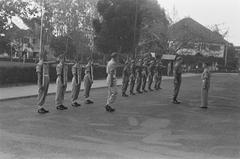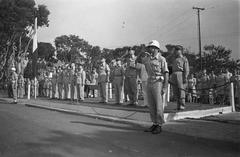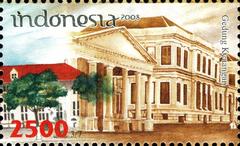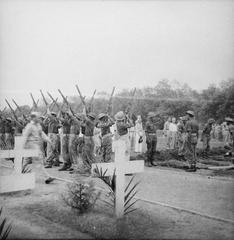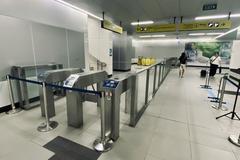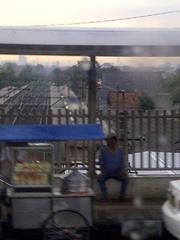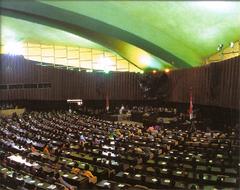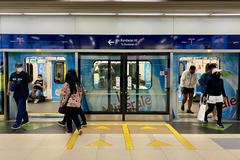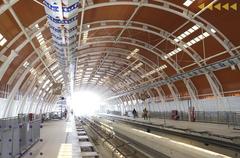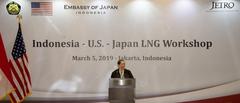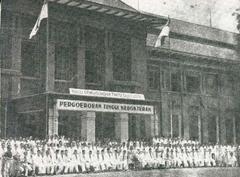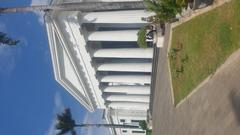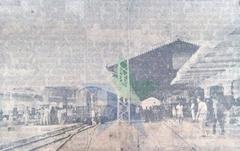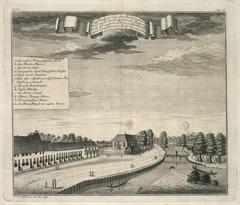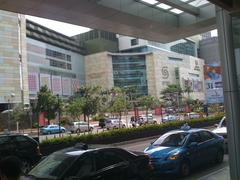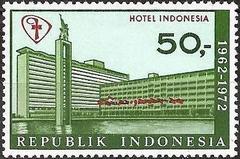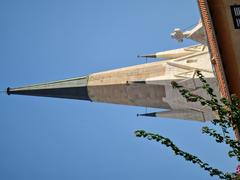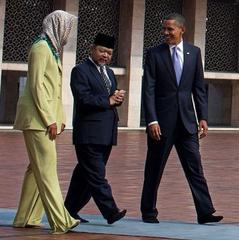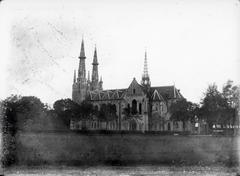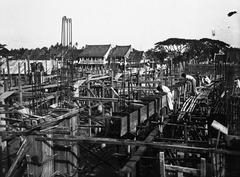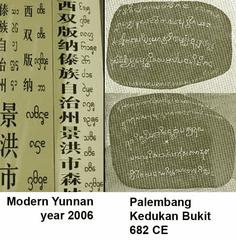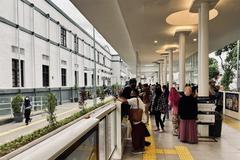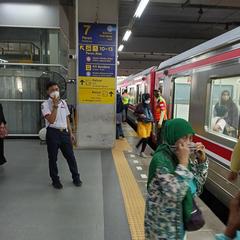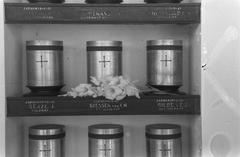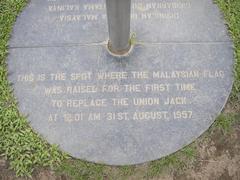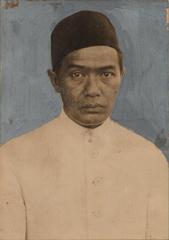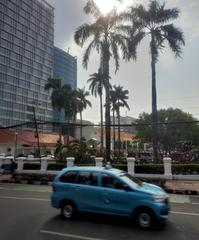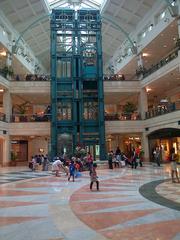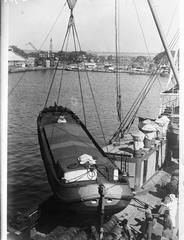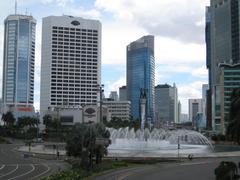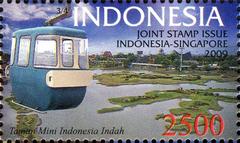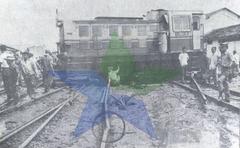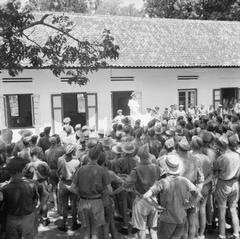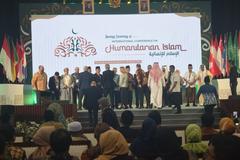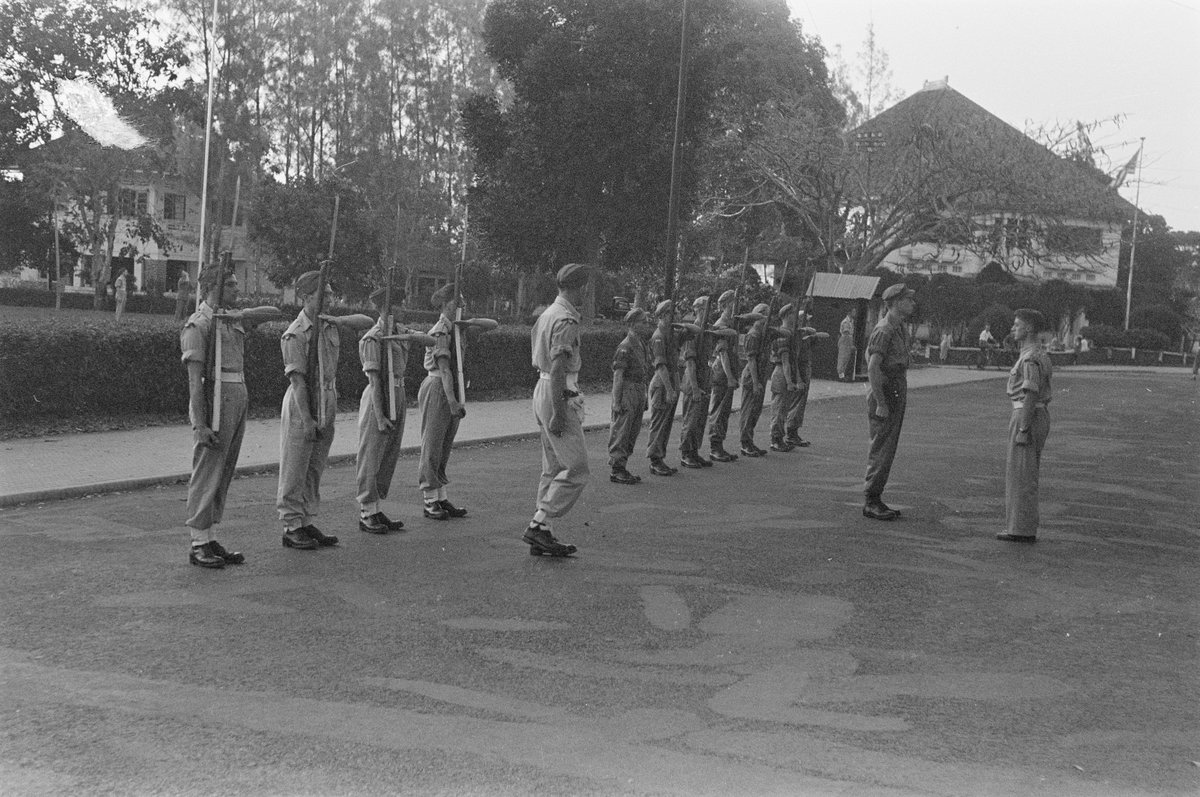
Comprehensive Guide to Visiting De’ Gosbaster, Jakarta, Indonesia
Date: 17/07/2024
Introduction
De’ Gosbaster, situated in the vibrant city of Jakarta, Indonesia, is not merely a place of historical significance but also a cultural and educational cornerstone. This landmark traces its roots back to the early 17th century during Dutch colonial rule when Jakarta was known as Batavia. Established by the Dutch East India Company (VOC), De’ Gosbaster played a crucial role in the spice trade, the backbone of the Dutch colonial economy. Over time, it evolved to encompass administrative offices, residential quarters, and storage facilities, reflecting robust Dutch colonial architecture. This site has also been pivotal to Indonesia’s national movement, serving as a meeting ground for key independence figures like Sukarno and Mohammad Hatta. Today, De’ Gosbaster stands as a testament to Jakarta’s rich historical and cultural tapestry, offering visitors a chance to delve into the past while enjoying modern-day amenities and activities.
This comprehensive guide aims to provide you with everything you need to know about visiting De’ Gosbaster, including its visiting hours, ticket prices, historical significance, and travel tips. Whether you are a history buff, a cultural enthusiast, or a casual traveler, De’ Gosbaster promises an enriching experience that bridges the past and the present. For those planning a visit, this guide is your one-stop resource to make the most of your journey to this iconic landmark.
Table of Contents
- Introduction
- Historical Significance
- Visitor Information
- Cultural and Educational Significance
- Architectural Heritage
- Impact on Local Community
- Commemorative Events and Activities
- Future Prospects
- Frequently Asked Questions (FAQ)
- Conclusion
Historical Significance
Origins and Early History
De’ Gosbaster’s origins can be traced back to the early 17th century when Jakarta, then known as Batavia, was a bustling hub of trade under Dutch colonial rule. The area where De’ Gosbaster now stands was initially part of a larger network of trading posts and warehouses established by the Dutch East India Company (VOC). These structures were pivotal in the spice trade, which was the backbone of the Dutch colonial economy.
Colonial Era Developments
During the colonial era, De’ Gosbaster evolved from a mere trading post to a more complex establishment. The Dutch constructed several buildings in the area, including administrative offices, residential quarters for Dutch officials, and storage facilities for spices and other goods. The architecture from this period reflects the Dutch colonial style, characterized by its robust and functional design. The influence of this era is still visible in some of the preserved buildings, which serve as a testament to the area’s historical importance.
Role in the Indonesian National Movement
De’ Gosbaster also played a significant role in the Indonesian national movement. In the early 20th century, as the struggle for independence gained momentum, the area became a hotbed of political activity. Several key figures in the independence movement, including Sukarno and Mohammad Hatta, are known to have frequented the area. Meetings and discussions that took place in De’ Gosbaster contributed to the shaping of Indonesia’s path to independence. The site is often regarded as a symbol of resistance and resilience against colonial oppression.
Post-Independence Transformation
After Indonesia gained independence in 1945, De’ Gosbaster underwent significant transformations. The area was repurposed to serve the needs of the newly independent nation. Many of the colonial-era buildings were renovated and adapted for use as government offices, cultural centers, and educational institutions. This period also saw the construction of new buildings that blended modern architectural styles with traditional Indonesian elements, reflecting the country’s newfound identity and aspirations.
Visitor Information
Visiting Hours
Ticket Prices
Ticket prices for De’ Gosbaster are quite affordable. General admission for adults is IDR 50,000, while children and students can enter for IDR 25,000. Special rates are available for group bookings and guided tours.
Travel Tips
- Best Time to Visit: The best time to visit De’ Gosbaster is during the dry season from May to September when the weather is most favorable for outdoor activities.
- Getting There: The site is easily accessible by public transport. You can take a bus or a taxi from central Jakarta.
Cultural and Educational Significance
Today, De’ Gosbaster is not only a historical site but also a cultural and educational hub. The area hosts several museums and cultural centers that offer insights into Jakarta’s colonial past and the Indonesian independence movement. These institutions provide valuable educational resources for both locals and tourists, helping to foster a deeper understanding of the country’s history. Additionally, De’ Gosbaster is a popular destination for school trips and educational tours, making it an important site for historical education.
Architectural Heritage
The architectural heritage of De’ Gosbaster is one of its most striking features. The area boasts a unique blend of Dutch colonial and Indonesian architectural styles. Notable buildings include the old VOC warehouses, which have been meticulously preserved and now house museums and cultural centers. The architectural style of these buildings is characterized by their sturdy construction, high ceilings, and large windows, which were designed to facilitate ventilation in the tropical climate. The preservation of these structures offers a glimpse into the architectural practices of the colonial era.
Impact on Local Community
The historical significance of De’ Gosbaster extends beyond its architectural and cultural heritage. The site has had a profound impact on the local community, shaping the social and economic landscape of the area. The preservation and promotion of De’ Gosbaster as a historical site have created numerous opportunities for local businesses, including tourism-related enterprises such as hotels, restaurants, and souvenir shops. This has contributed to the economic development of the area, providing livelihoods for many residents.
Commemorative Events and Activities
De’ Gosbaster is also a focal point for commemorative events and activities that celebrate Indonesia’s rich history. Annual events such as Independence Day celebrations and historical reenactments draw large crowds, both local and international. These events serve to honor the sacrifices of those who fought for Indonesia’s independence and to educate the public about the country’s historical journey. The vibrant atmosphere during these events highlights the enduring significance of De’ Gosbaster in the collective memory of the Indonesian people.
Future Prospects
Looking ahead, the future prospects for De’ Gosbaster are promising. Continued efforts to preserve and promote the site’s historical significance are likely to attract more visitors, both from within Indonesia and abroad. Plans for further restoration projects and the development of new cultural and educational programs are in the pipeline, aimed at enhancing the visitor experience and ensuring the site’s sustainability. The ongoing commitment to preserving De’ Gosbaster’s historical legacy underscores its importance as a cultural and historical landmark in Jakarta.
Frequently Asked Questions (FAQ)
What are the visiting hours for De’ Gosbaster?
De’ Gosbaster is open from 9:00 AM to 5:00 PM, Monday through Sunday.
How much are the tickets for De’ Gosbaster?
General admission for adults is IDR 50,000, while children and students can enter for IDR 25,000.
What are some nearby attractions?
Are guided tours available?
Yes, guided tours are available and can be booked in advance.
What is the best time to visit De’ Gosbaster?
The best time to visit is during the dry season from May to September.
Conclusion
De’ Gosbaster stands as a testament to Jakarta’s rich and complex history. From its origins as a Dutch colonial trading post to its role in the Indonesian independence movement and its current status as a cultural and educational hub, the site embodies the historical narrative of the city and the nation. The preservation and promotion of De’ Gosbaster are crucial in maintaining this legacy for future generations. Don’t miss out on this historical gem when exploring Jakarta—plan your visit today!
